Blog
Discover our latest posts
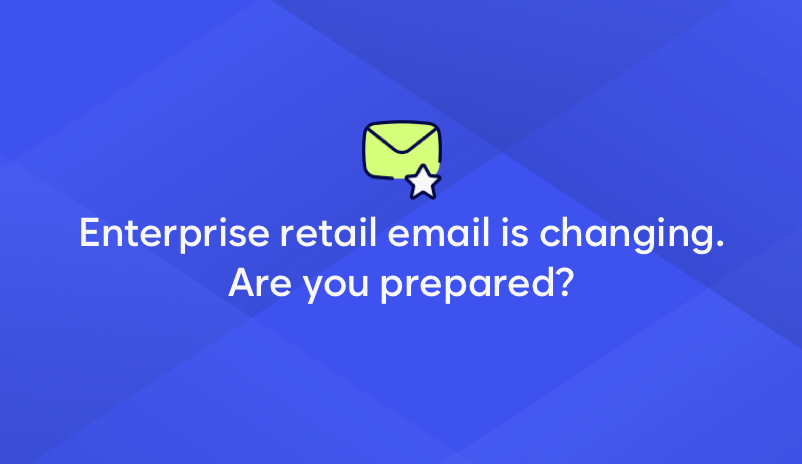
Time to consider a new blueprint for enterprise retail email marketing and production in the Promotions tab era.
Zembula Dimensions™ drove an average $18 in revenue for every $1 spent in 2024.
Ditch static emails. Personalize every Inbox with Zembula. Our composition engine automates killer personalized images, cuts costs, and explodes engagement. Get started with Zembula today.

Time to consider a new blueprint for enterprise retail email marketing and production in the Promotions tab era.

Zembula Dimensions™ drove an average $18 in revenue for every $1 spent in 2024.

Scratch-it evolved into Zembula Dimensions™, learning key lessons on automation, revenue tracking, and recurring value for enhanced email marketing performance.

Ditch static emails. Personalize every Inbox with Zembula. Our composition engine automates killer personalized images, cuts costs, and explodes engagement. Get started with Zembula today.
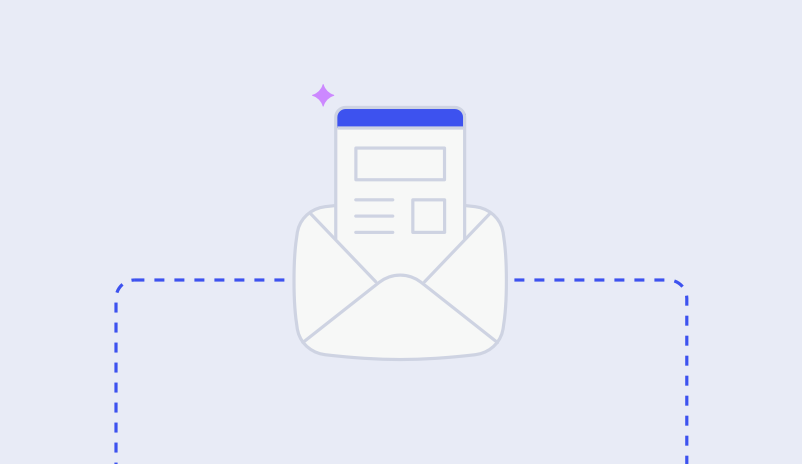
Smart Banners turn every email into a revenue driver with real-time personalization and visibility in the Promotions tab.

Smart Banners help enterprise retailers increase revenue by delivering real-time personalized content in every email — improving visibility in the Promotions tab era.
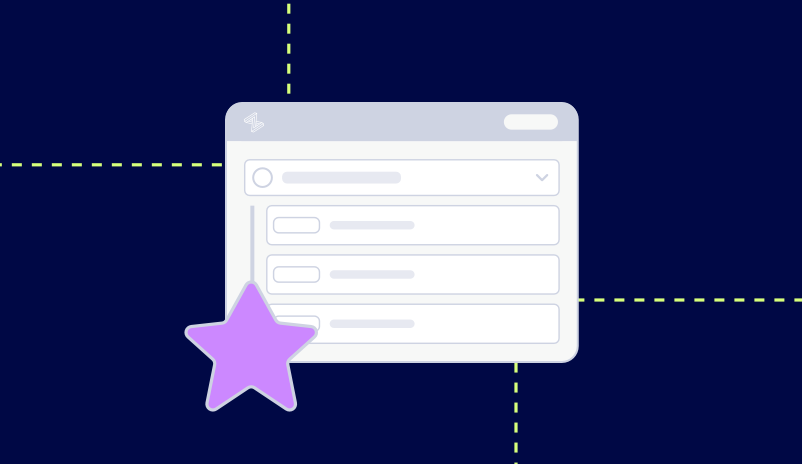
Learn how enterprise retailers can use Smart Banners™ to increase revenue and ROAS by improving email visibility and personalization.
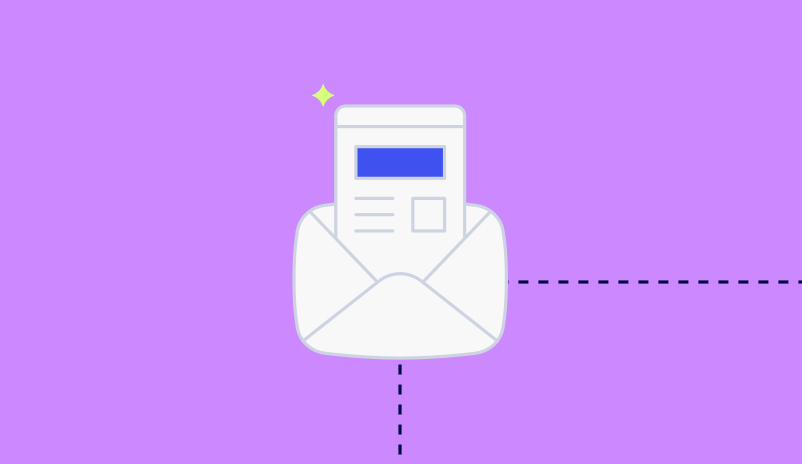
Smart Blocks™ help enterprise retailers scale personalization across every email—batch or triggered—without increasing production time or sacrificing brand consistency.
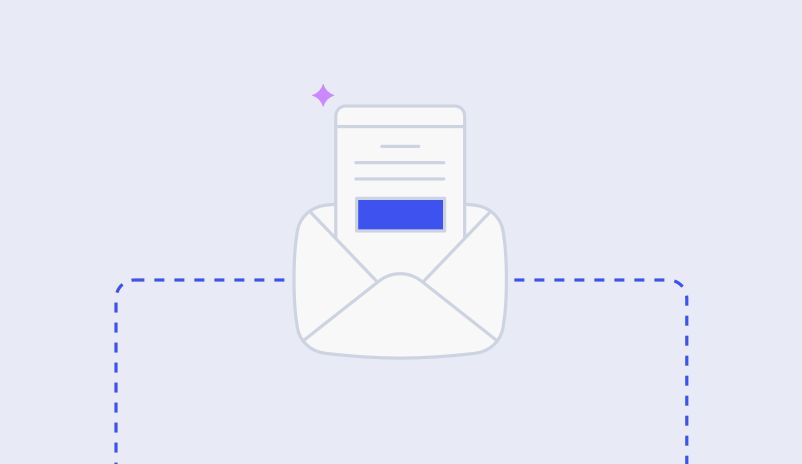
A Smart Kicker™ is a dynamic content block that anchors the bottom of your email, reinforcing your highest-performing messages while streamlining production.


